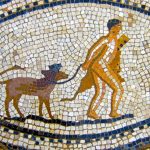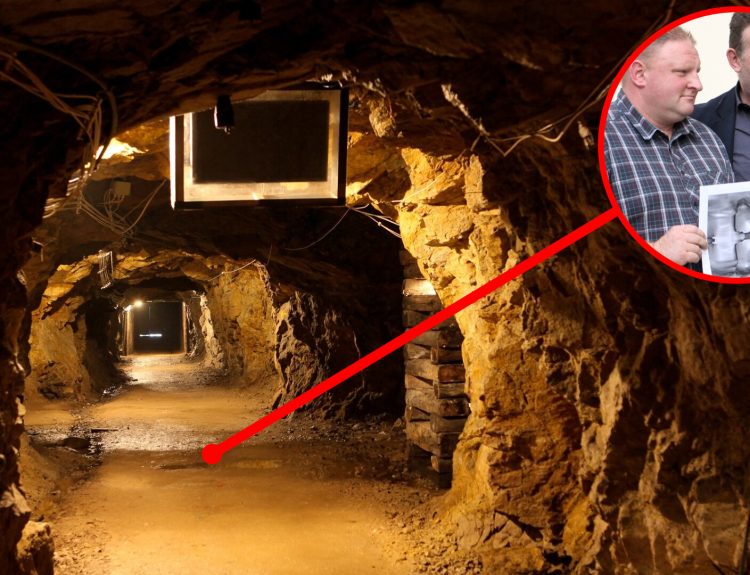All around the globe, we find incredible rock formations – Uluru in Australia, Arbol de Piedra in Bolivia, and the Giant’s Causeway in Ireland, to name a few. All of these awe-inspiring formations can be explained by natural processes. Al Naslaa Rock in Saudi Arabia, however, defies explanation.
This amazing rock is actually two rocks standing together on a stone pedestal. Both sides are separated by a thin space that is so clean and uniform that it looks like the rock was sliced in two by a laser beam. How was this peculiar rock formation created? Let’s look at some of the theories.
The Tayma Oasis
The Tayma Oasis is a large, significant oasis in the Nafud Desert of northwestern Saudi Arabia. It is strategically located along key trade routes between such places as Medina, Tabuk, and Dumah. The oasis has a long history of human habitation.

Archaeologists working at various sites around the Tayma Oasis have revealed that the Assyrian, Babylonian, Jewish, Arab, and Egyptian people all once had settlements at the oasis. The Tayma Oasis is even mentioned in the bible.
An Historically Significant Location
Nabonidus, the last of the Neo-Babylonian emperors, made his home at the Tayma Oasis in the sixth century BC. The Tayma Stones, a set of cuneiform inscriptions discovered at the oasis, date to this same time period.
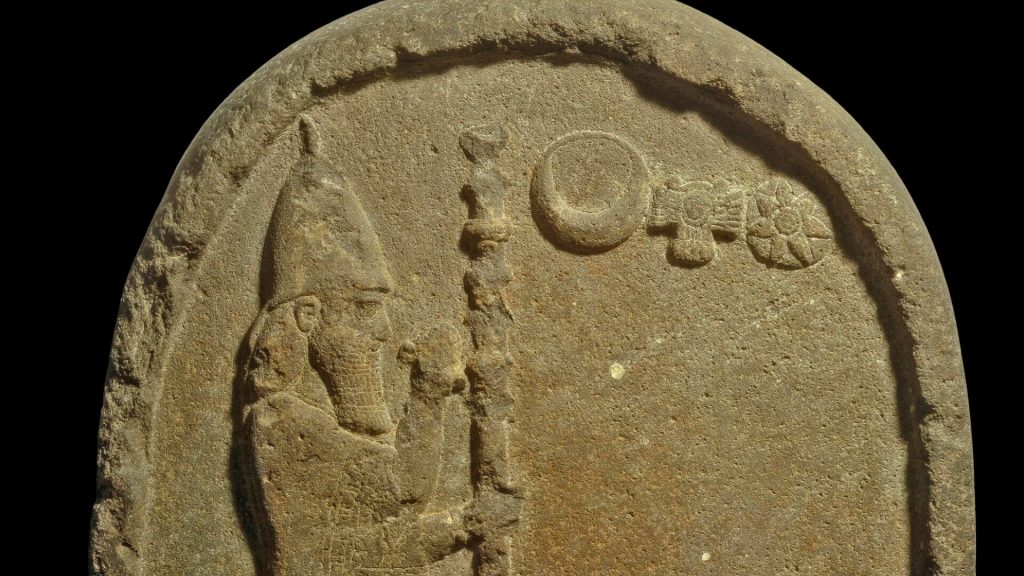
In the last decade, archaeologists have found Egyptian hieroglyphics at the Tayma Oasis. These inscriptions are the first confirmed discovery of Egyptian hieroglyphics in Saudi Arabia. The writing refers to the pharaoh Ramesses III who ruled Egypt from 1186 to 1155 BC.
A Rock Star of the Tayma Oasis
The Tayma Oasis is also renowned in the archaeology world for its rock art. At various locations around the oasis, researchers have found carvings in the sandstone rocks. The most common theme of these drawings is horses. There are numerous carvings showing horses or horses with riders.
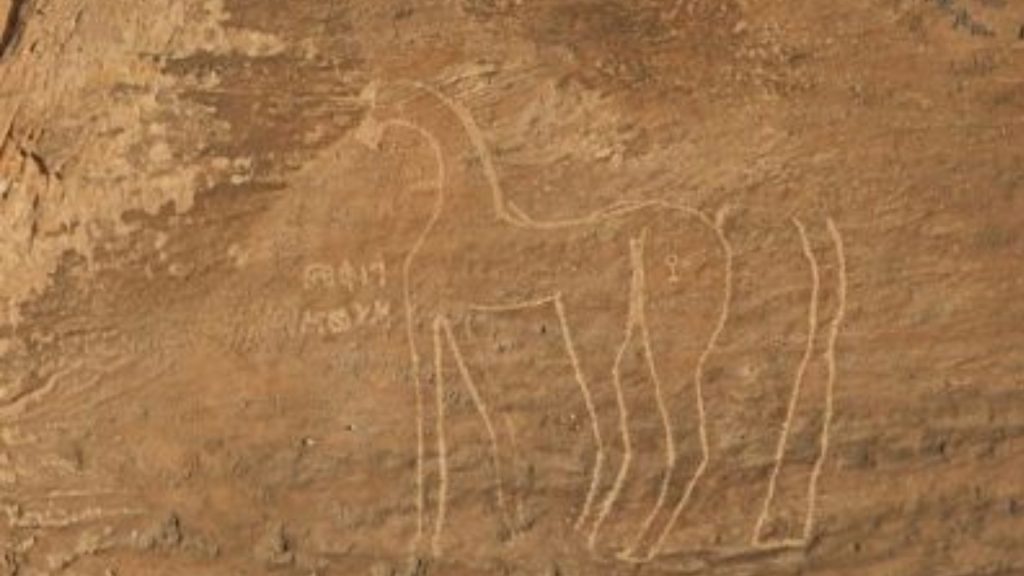
According to researchers and historians, the rock carvings at Tayma Oasis are as much as 4000 years old. The Al Naslaa Rock wasn’t immune to this form of ancient graffiti. As we will see in a moment, this unusual and bewildering rock formation also has carvings on it, including one of an Arabian horse.
A Rock Star of the Tayma Oasis
The history, the location, the archaeological discoveries, and the rock art all help make the Tayma Oasis a special place, but there is one mind-blowing natural attraction that is the real rock star of the Tayma Oasis. That is the Al Naslaa Rock.
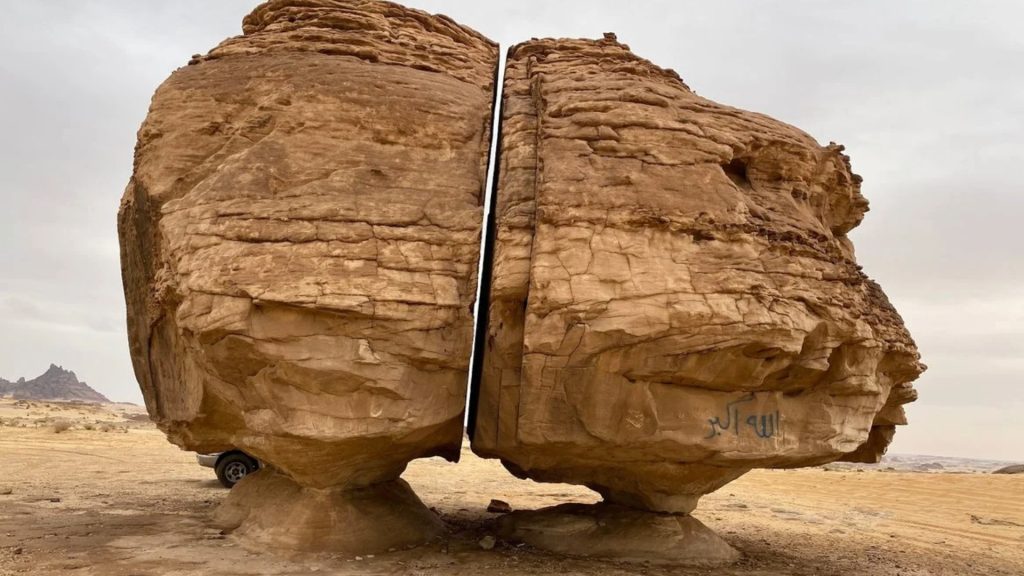
The sandstone rock stands about twenty feet tall and fifteen feet wide. The most stunning feature of the Al Naslaa Rock is the perfectly straight, perfectly uniform vertical space that splits the rock in two. The line is almost too perfect to have been created naturally. At least, that’s what many visitors to the rock believe.
How Did the Al Naslaa Rock Get Its Crack?
There is no shortage of theories to explain the precision cut that separates the Al Naslaa Rock. Some of these theories are rather mundane while others are … well, otherworldly.
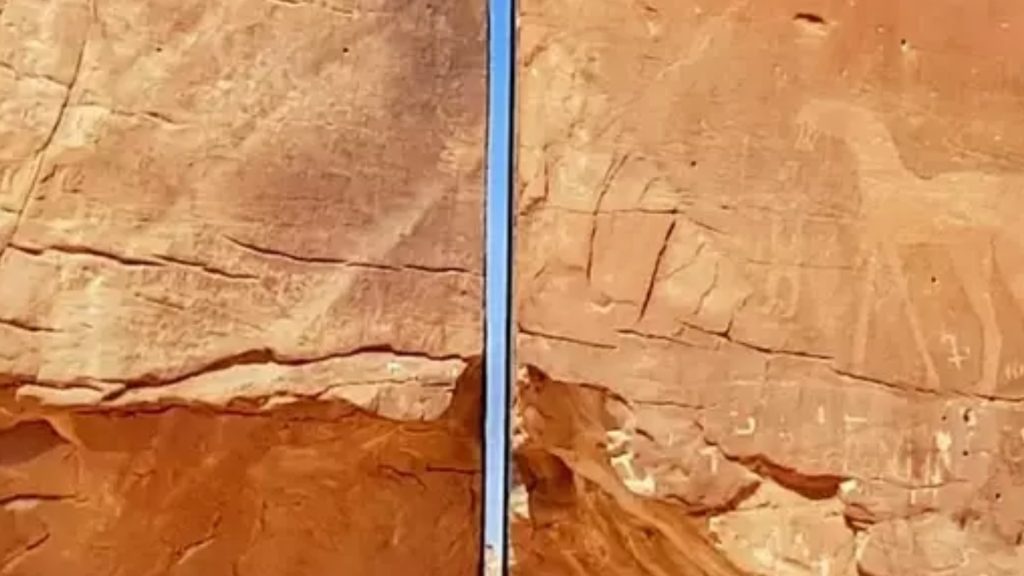
So, how did the crack form? Was the rock formation created by Mother Nature, ancient abstract artists, genies, or alien visitors? The short answer is that we don’t know. Many of the theories, as we will see next, are quite plausible, but they remain just that … theories.
The Genie Theory
In ancient Arabian folklore, the jinns – or genies – were invisible supernatural beings that were akin to low-ranking angels. Although some genies interacted with humans and even meddled in human affairs, most of these mythical beings kept to themselves.
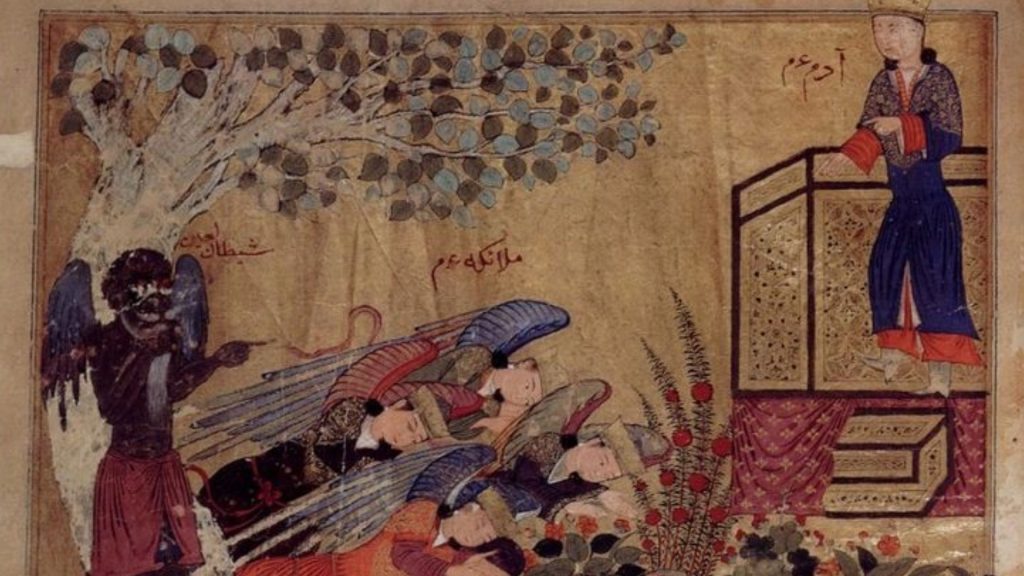
German biblical scholar Julius Wellhausen wrote that the jinns inhabited “dark and dingy places in the desert.” Genies were considered to be mischievous creatures. They were blamed for all sorts of unexplained natural phenomenon, including, perhaps, the split in the Al Naslaa Rock.
The Earthquake/Fault Line Theory
There has been speculation that the Al Naslaa Rock sits on an old, inactive fault line. The movement of the earth’s tectonic plates, some people theorize, would account for the crack and the equal division between the two sides of the rock.
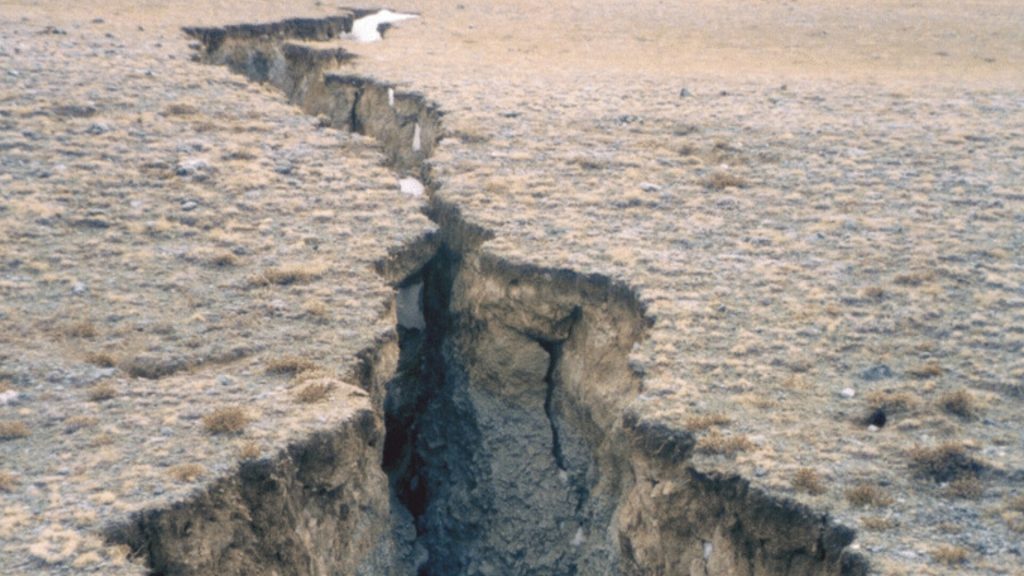
Maybe an earthquake or tremor hit the region in the past. The force of the quake moved the ground apart slightly, creating the uniform split between the two sides of the rock.
The Fracturing Theory
Geologists explain that sandstone is a type of sedimentary rock that forms when sand and dirt are compacted together under high pressure over thousands of years. Weaknesses can form during this process and, later, cracks can appear along these weak points.
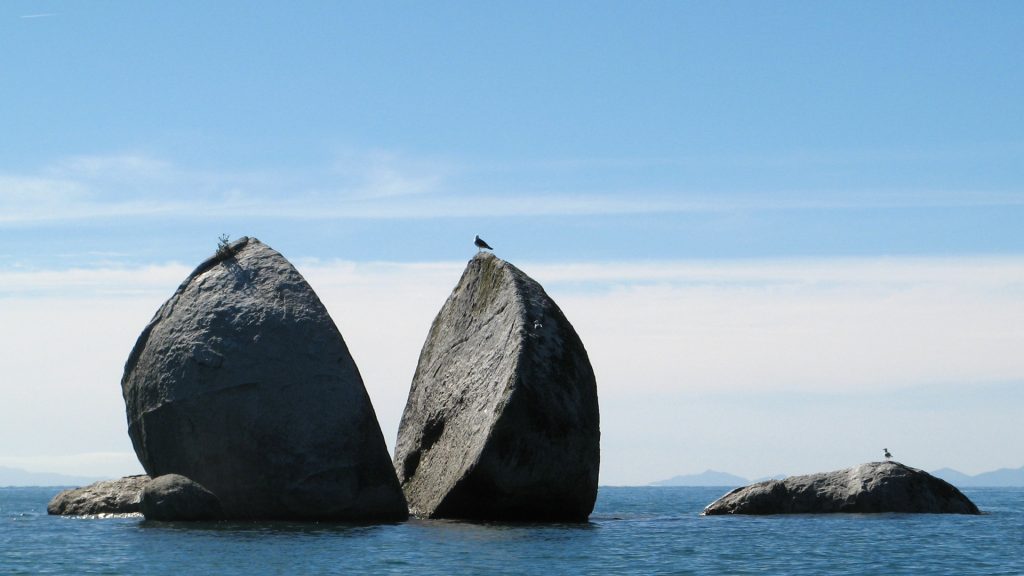
As geologists point out, when fracturing occurs, rocks can sometimes split in very straight lines. The resulting cracks and breaks can appear to have been artificially cut. An example of this is New Zealand’s Split Apple Rock.
The “Pot Hole” Theory
As anyone who lives in a colder climate can tell you, the freezing and thawing process of water can be quite destructive. Water can seep into the tiniest cracks in rocks. When the water freezes, it expands, making the cracks grow larger and splitting apart even the hardest stones.

This theory, however, is easily debunked. The Al Naslaa Rock is, after all, located in a desert region. There is little water and no freezing temperatures at the Tayma Oasis. While this freezing cycle of water can account for cracks in rocks, it is most likely not the reason for the split in the Al Naslaa Rock.
The Erosion Theory
One of the leading theories to explain the creation of the crack is that it was carved by wind and sand. The Nafud Desert of northwestern Saudi Arabia certainly has plenty of wind and sand. The wind could blow abrasive sand particles through small cracks or fissures.
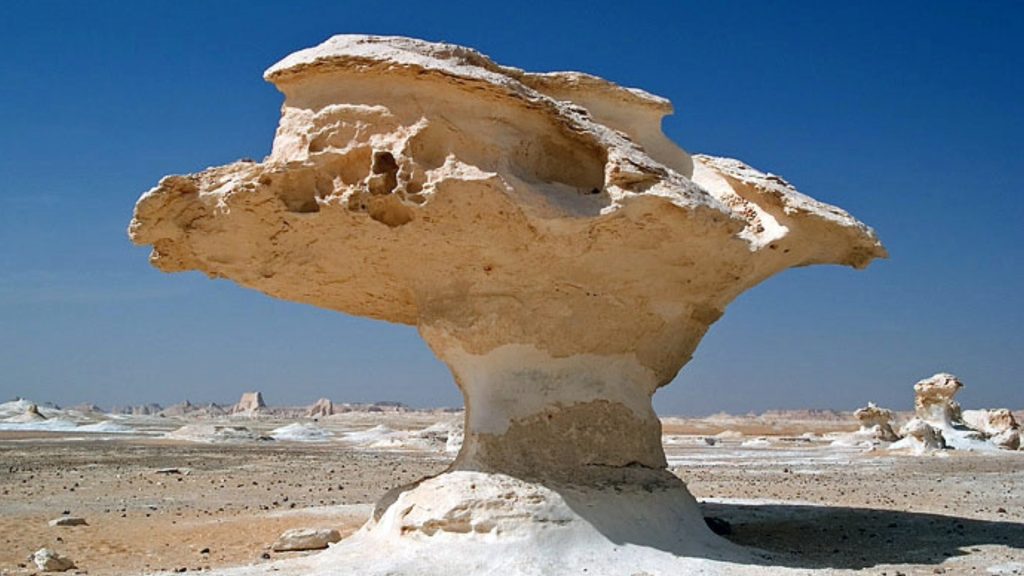
We see examples of this in Egypt’s White Desert. Over millions of years, the destructive power of erosion could have caused a small vertical crack in the rock to be carved out and expanded until it sliced through the entire stone.
The Abstract Art Theory
There are plenty of examples of rock carvings and rock art in the Tayma Oasis area to tell us that ancient artists were leaving their mark on the region. One theory regarding Al Naslaa Rock posits that it was hand-carved by an unknown artist of the past.

There are man-made carvings on the Al Naslaa Rock. Several petroglyphs, including one of a horse, can be found on the southeast face of the rock. Maybe an artist was tired of carving horses and wanted to try something more unique and abstract.
The Ancient Quarry Theory
Some people have proposed the idea that rock quarrying took place around the Tayma Oasis in the distant past. As a relatively soft stone, sandstone is easy to cut and move, making it a go-to rock for ancient construction projects.
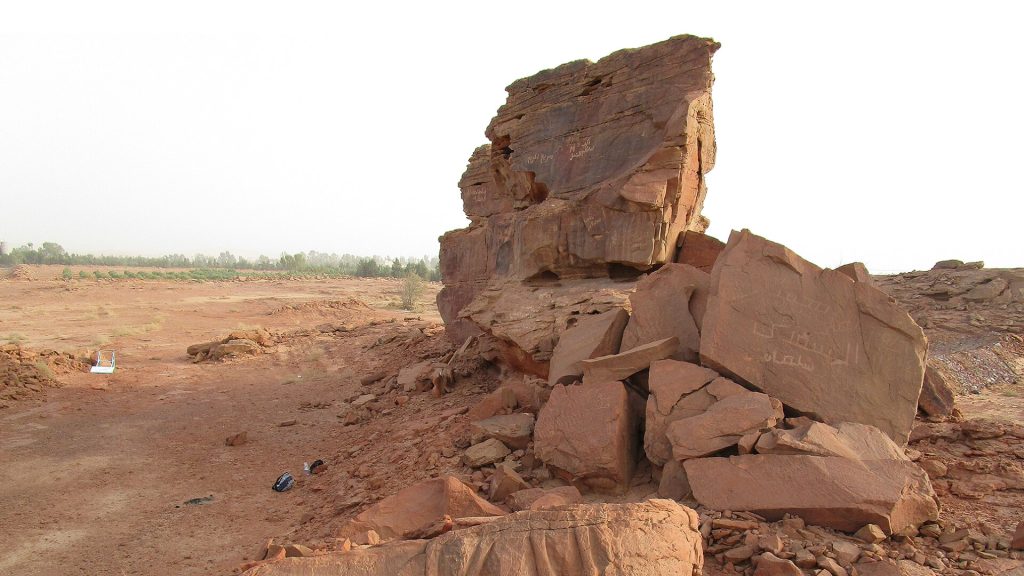
Perhaps, these people suggest, that the Al Naslaa Rock was created by quarrying activities or used as a training spot of apprentice stone cutters.
The Alien Laser Theory
The most intriguing theory regarding Al Naslaa Rock involves aliens and lasers. The crack between the two rocks is so precise that many people believe it could only have been created by a laser. And since we know that the rock split in two a few thousand years ago when there were no lasers, it has led many to one inescapable conclusion.

According to proponents of the alien laser theory, a spacecraft from a galaxy far, far away once landed on earth near the Tayma Oasis. A trigger-happy alien either thought the rock looked threatening or was having a little fun with his ray gun. By the time the E.T.s flew home, the Al Naslaa Rock was forever changed.


